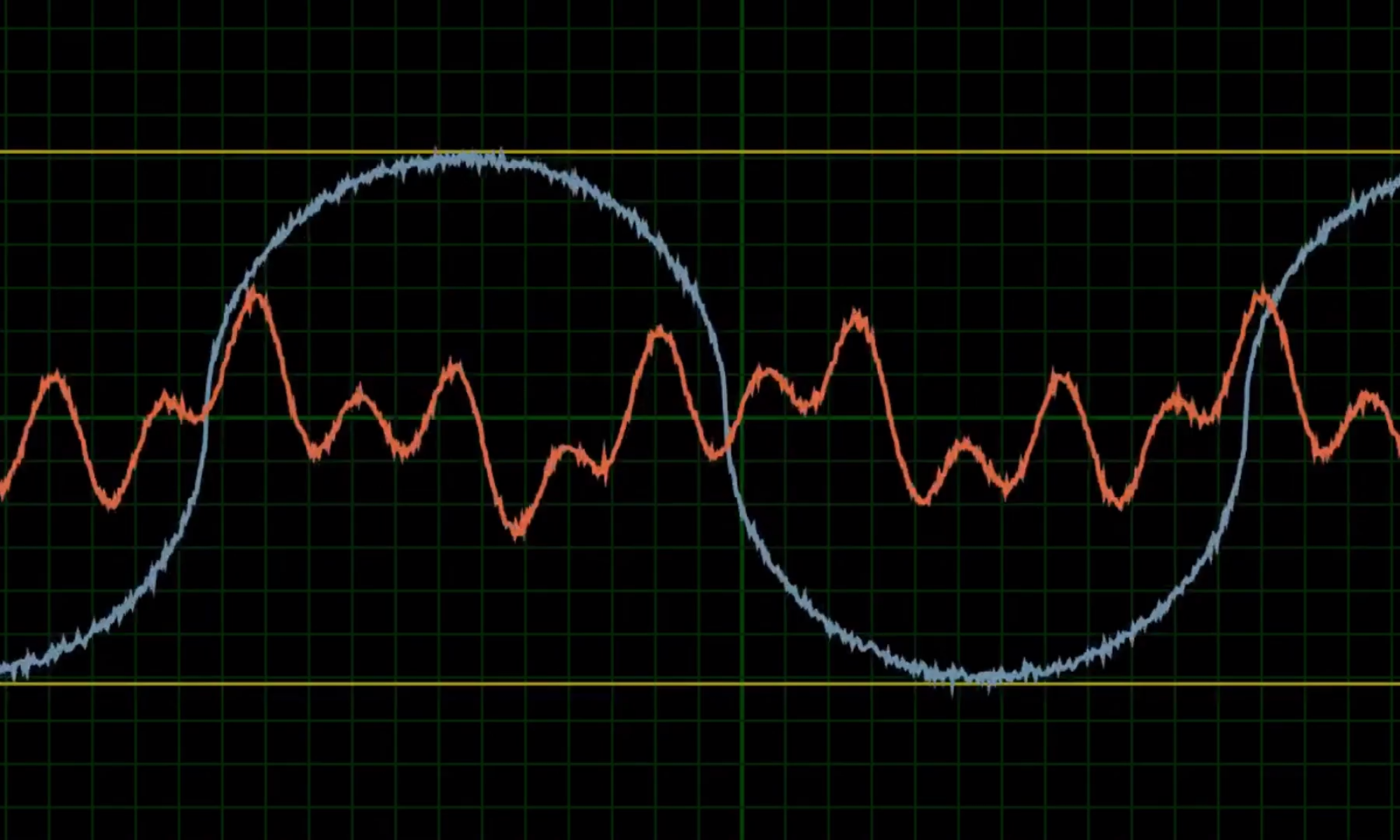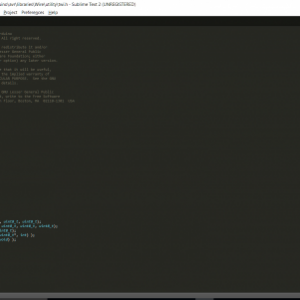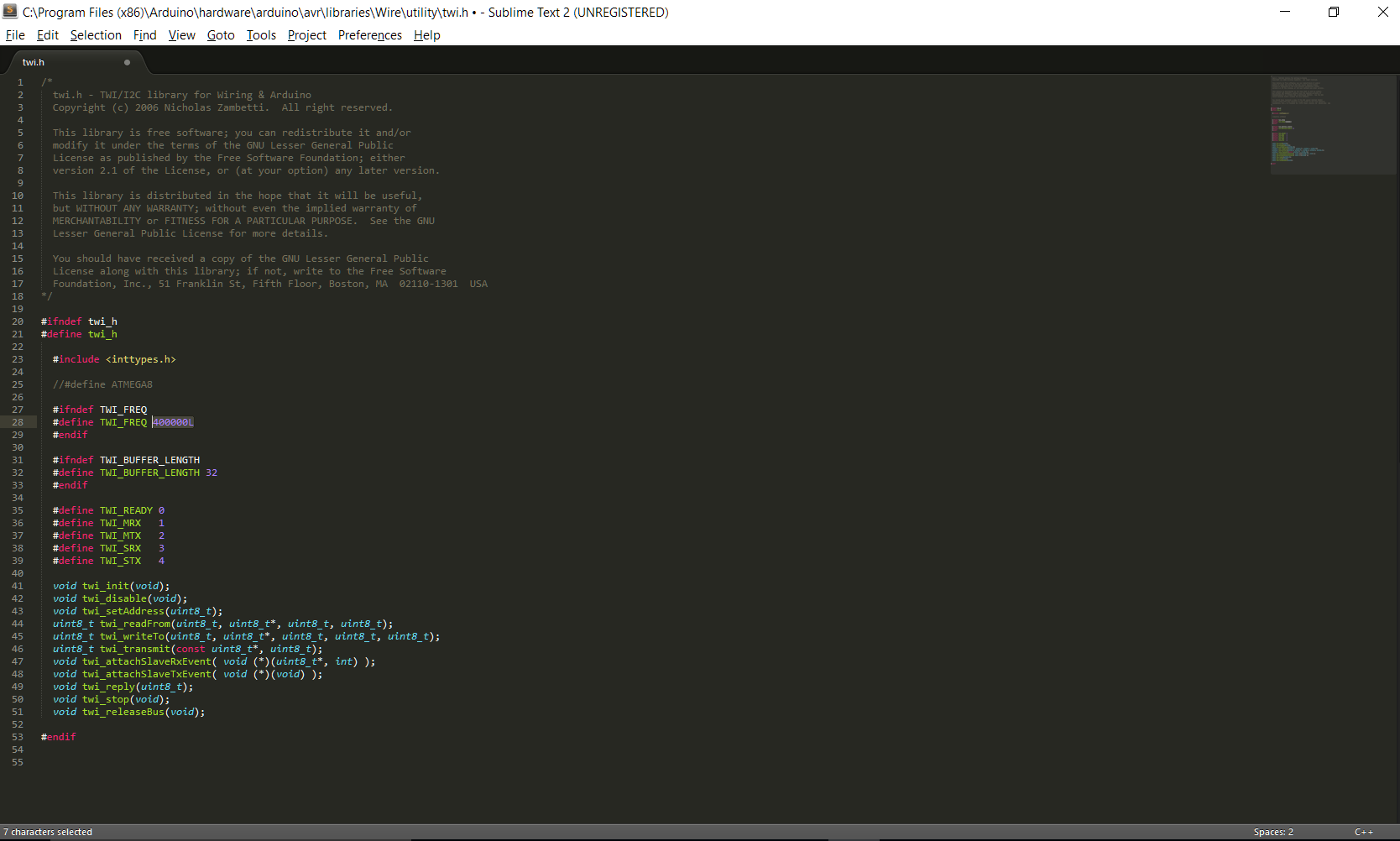So recently we were doing some data collection with an Arduino mega and an accelerometer, specifically the ADXL345. Now the datasheet on the ADXL345 stated that the maximum sampling frequency is 3200 Hz but we found that our data points we only coming through at about 900 Hz. After some digging around the web, we found a potential cause.
Although the Arduino should be able to handle up to 400 kHz I2C communication, it is by default limited to 100 kHz in a particular library header file. Now 100 kHZ should be more than enough to sample a device which is supposed to be capable of 3200 Hz sampling but it’s not as straightforward as that. We think that although 100 kHz is the I2C bus speed, there is still going to be some time initiating communication. Depending on the library you choose to use. there could be several back and forths between the Arduino and the ADXL345 before any data is actually exchanged.
We found however that by making the change to 400 kHz, we were able to obtain data at 2600 Hz which while not maxed out, is still a significant improvement! Perhaps the remainder is due to the aforementioned communication overhead. Here’s what we did to obtain the increased bus speed as laid out at this link.
Locate the twi.h header file at this location: C:\Program Files (x86)\Arduino\hardware\arduino\avr\libraries\Wire\utility.
Now instead of just telling you the full path, I’ll provide a picture as well so you can confirm you’ve found the correct file (note the path in the top right corner). 
Once you’ve located the file, note the highlighted section. This is the default value provided when you download the Arduino software. Change the 100000L to 400000L. It’s a simple as the picture below!
And that’s pretty much it!
You’ll need to let Arduino recreate the associated object files but this is simply a matter of restarting the Arduino IDE. You should notice an increase in your I2C communication! Mind you that you’ll have to be talking to a device capable of making use of this increased speed (like we had with the ADXL345).
I won’t claim to know all the maths behind this so if you know more, please share your knowledge with us in the comments section! Alternatively if you found this a useful link, leave that in the comments too!
Ashwin D’Cruz
Research Assistant
System Health Lab, UWA



